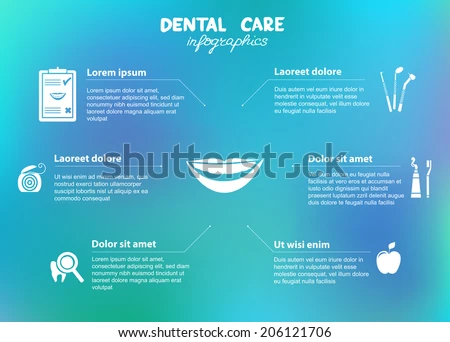The Development Of Oral Surgery: Arising Innovations And Developments Transforming The Technique
The Development Of Oral Surgery: Arising Innovations And Developments Transforming The Technique
Blog Article
Content By-Reeves Guerra
Welcome to the globe of oral surgery, where advancements and advances are forming the future of the area! In this interesting realm, you'll witness the transformative power of robotics, the sophisticated wonder of 3D printing, and the game-changing influence of minimally intrusive strategies.
website of oral surgery holds an assurance of accuracy, efficiency, and boosted client end results. With the help of sophisticated robotics, cosmetic surgeons have the ability to carry out complex treatments with greater accuracy and control.
3D printing technology is changing the development of dental implants and prosthetics, providing customized solutions that fit flawlessly into each individual's special composition.
Additionally, minimally intrusive methods are reducing post-operative discomfort and recuperation time, enabling people to return to their day-to-days live quicker.
Prepare yourself to check out the exciting innovations and developments that are improving the landscape of dental surgery!
Developments in Robotics
One major improvement in dental surgery is making use of robotic innovation, which allows for precise and effective surgical procedures. With the help of robotic systems, oral specialists have the capacity to carry out complicated surgical treatments with improved precision, reducing the threat of human error.
These robot systems are geared up with advanced imaging technology and exact instruments that make it possible for specialists to navigate via intricate anatomical frameworks easily. By making use of robotic innovation, doctors can achieve better surgical precision, resulting in boosted person results and faster healing times.
In addition, making use of robotics in dental surgery enables minimally invasive treatments, lowering the trauma to surrounding cells and advertising faster recovery.
3D Printing in Oral Surgery
To enhance the area of oral surgery, you can explore the subtopic of 3D printing in dental surgery. This innovative modern technology has the potential to revolutionize the way oral surgeons run and deal with clients. Right here are 4 crucial ways in which 3D printing is forming the area:
- ** Personalized Surgical Guides **: 3D printing allows for the production of very exact and patient-specific medical guides, improving the precision and performance of treatments.
- ** Implant Prosthetics **: With 3D printing, oral cosmetic surgeons can develop personalized implant prosthetics that perfectly fit a person's one-of-a-kind composition, resulting in much better results and client satisfaction.
- ** Bone Grafting **: 3D printing enables the production of patient-specific bone grafts, reducing the demand for typical grafting strategies and boosting healing and recuperation time.
- ** Education and Educating **: 3D printing can be made use of to develop practical surgical versions for instructional purposes, permitting dental specialists to practice intricate procedures before executing them on patients.
With its possible to enhance accuracy, customization, and training, 3D printing is an interesting development in the field of oral surgery.
Minimally Invasive Strategies
To additionally progress the area of dental surgery, accept the possibility of minimally intrusive techniques that can substantially benefit both surgeons and people alike.
Minimally invasive strategies are changing the area by minimizing medical injury, decreasing post-operative discomfort, and increasing the healing procedure. These techniques involve using smaller sized incisions and specialized tools to carry out procedures with accuracy and performance.
By using advanced anderson dental , such as cone light beam calculated tomography (CBCT), doctors can precisely intend and implement surgeries with minimal invasiveness.
In addition, the use of lasers in dental surgery permits specific cells cutting and coagulation, leading to lessened bleeding and minimized healing time.
With minimally invasive strategies, patients can experience quicker recovery, decreased scarring, and improved outcomes, making it a vital aspect of the future of dental surgery.
Final thought
So, as you can see, the future of oral surgery is extremely appealing, with interesting developments and developments shaping the area.
From the developments in robotics to using 3D printing and minimally invasive strategies, oral doctors are revolutionizing the method they give treatment.
While some may worry about the possible price associated with these innovations, it's important to bear in mind that these innovations inevitably enhance individual end results and reduce healing time, making them well worth the financial investment over time.
